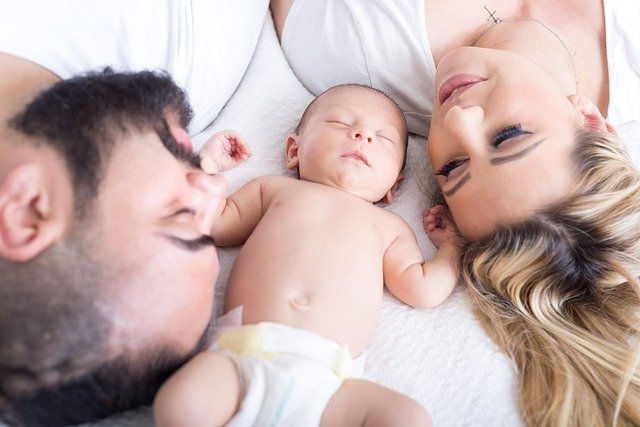Isofix makes it quick and easy to install your child's car seat and ensure your little one is as safe as can be on every journey. However, many parents find it difficult to remove Isofix seats when they're ready to replace them or they need to use them in a different vehicle. We're going to show you how to remove Isofix car seat connectors and give you a few tips on why the connectors might appear to be stuck.
How to remove Isofix car seat
Here's how to remove Isofix seat from your car. First, extend the car seat's fixing points to take the pressure off it. When they're installed, child and baby seats should be adjusted so that they're pushed right up flush to the back of the seat of the car. This ensures the seat remains securely in place and won't move around, but it does mean that the seat can be difficult to remove unless it is first pulled away from the back of the seat of the car. By extending the fixing points out, you can release the pressure and it's easier to detach the Isofix connectors. If your car seat has a top tether point - not all of them do - make sure this is also released.
You'll notice the fixing points on each side of the car seat have a green indicator to show they are firmly and correctly attached to the vehicle's Isofix points. There are buttons on the front of these points and sliding levers above the green indicator. On each side, first, press the button and then squeeze the lever. The connection will be released. The indicator will turn red to show that the seat is no longer connected to the Isofix points.
It's usually easy once you know how to remove Isofix car seat connectors but if you are still having trouble getting the seat out, check to see if it has shifted over to one side. This could bend the Isofix points and make the release lever stick. Simply shift the seat so that it is positioned centrally on the Isofix fixing and try to release it again.
How to remove Isofix base
Isofix car seats are often used with bases that clip into the Isofix points in the car so that the seat itself can easily be moved in and out of the vehicle. These are removed in much the same way as car seats which clip directly into the Isofix points. Simply extend the fixing points of the base, usually via a button at the front of the base. Then press the buttons and squeeze the levers on each side of the fixing points and the base should release.
Is Isofix better than using seatbelts?
Isofix is deemed to be the safest method of securing a car seat in a vehicle. In the event of an accident, there should be minimal movement of the car seat when it is fixed via Isofix. However, with a seatbelt, there is room for the car seat to slide around which could put the child at greater risk of injury.
Since 2014 it has been a requirement that all four-seater cars sold in Europe are fitted with at least two Isofix points. Many older cars, particularly those manufactured from 2006 onward, have Isofix fittings. It stands to reason that most family cars driven in the UK today have Isofix, so it shouldn't be difficult to choose the safer Isofix option rather than using seatbelts.
How often should you replace your child's car seat?
Children should use car seats right up until the age of 12 or until they reach 135cm tall (4ft5), whichever comes first. However, you'll require several different car seats throughout those 12 years to ensure your child is safe as they grow. Furthermore, all car seats have expiration dates which should be stipulated on the label or in the instruction manual, so be sure to check for this and do not use a seat that is past its expiration date.
When it comes to selecting the right size car seat, bear in mind that there are two sizing systems used in the UK - weight-based and height-based, with the latter commonly known as i-Size. You must choose a seat that is suitable for your child's height or weight, and that you monitor their size carefully to ensure you don't use a seat that is too small. While a child could continue to physically fit into a seat that is technically too small for them, the seat may not be strong enough to protect them properly should your car be involved in an accident.
If your car is in an accident - even a minor one - it is always recommended to replace your child car seats. Sometimes seats look perfectly fine after a bump, but they could have sustained invisible damage that leaves them unsafe should they be involved in another accident. It is always safer to replace the seat, and some car insurance providers will cover the cost of a new seat if your vehicle has been in an accident.
Finally, if you ever get a new car you might need to replace your child seats so that they fit correctly. Car seats are not universal in size and some are bulkier than others. If your new car's seats aren't deep or wide enough to adequately fit your child's car seat, you must replace it.
Shop our range of high quality car seats
Here at For Your Little One we have a wide variety of car seats available in a range of sizes, including those suitable for newborns and those big enough for 12-year-olds. We also have a collection of i-Size seats available, and a collection of car seat accessories to ensure your little one has a safe and comfortable journey.



